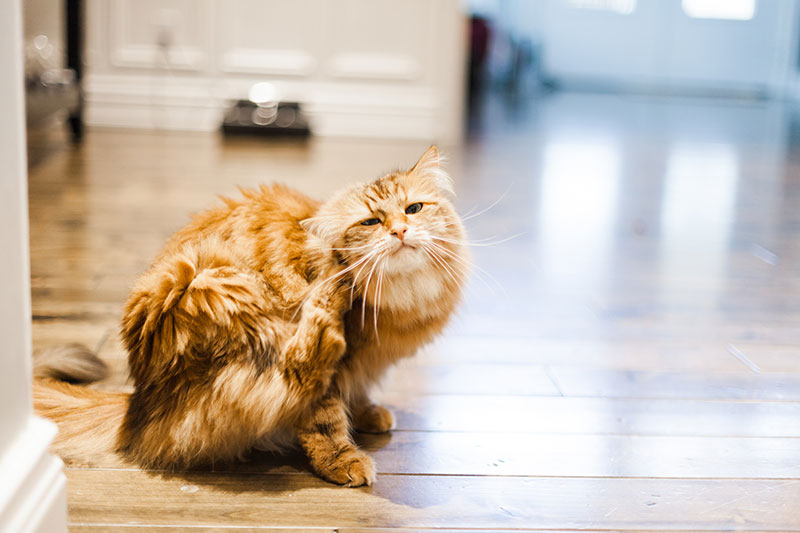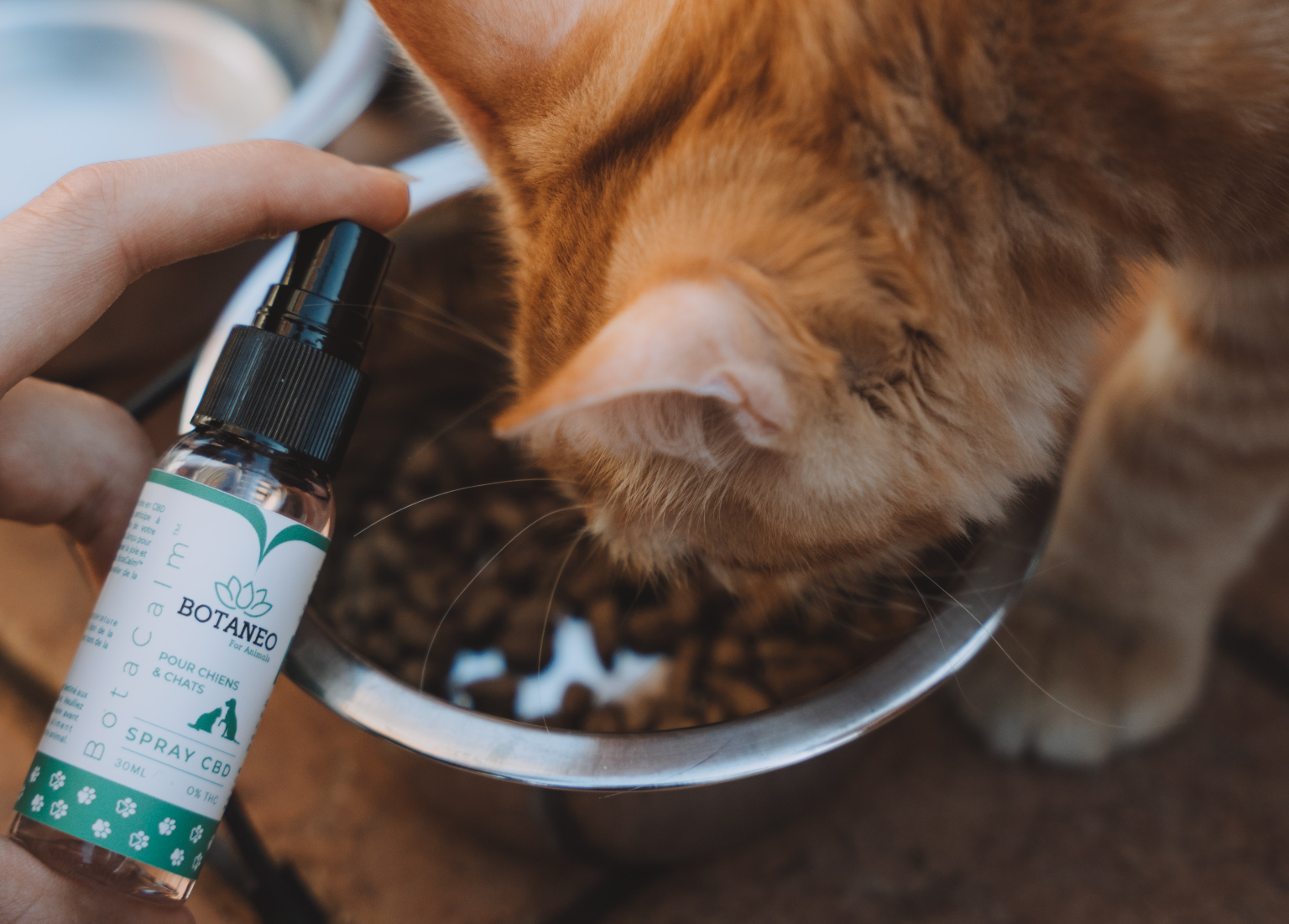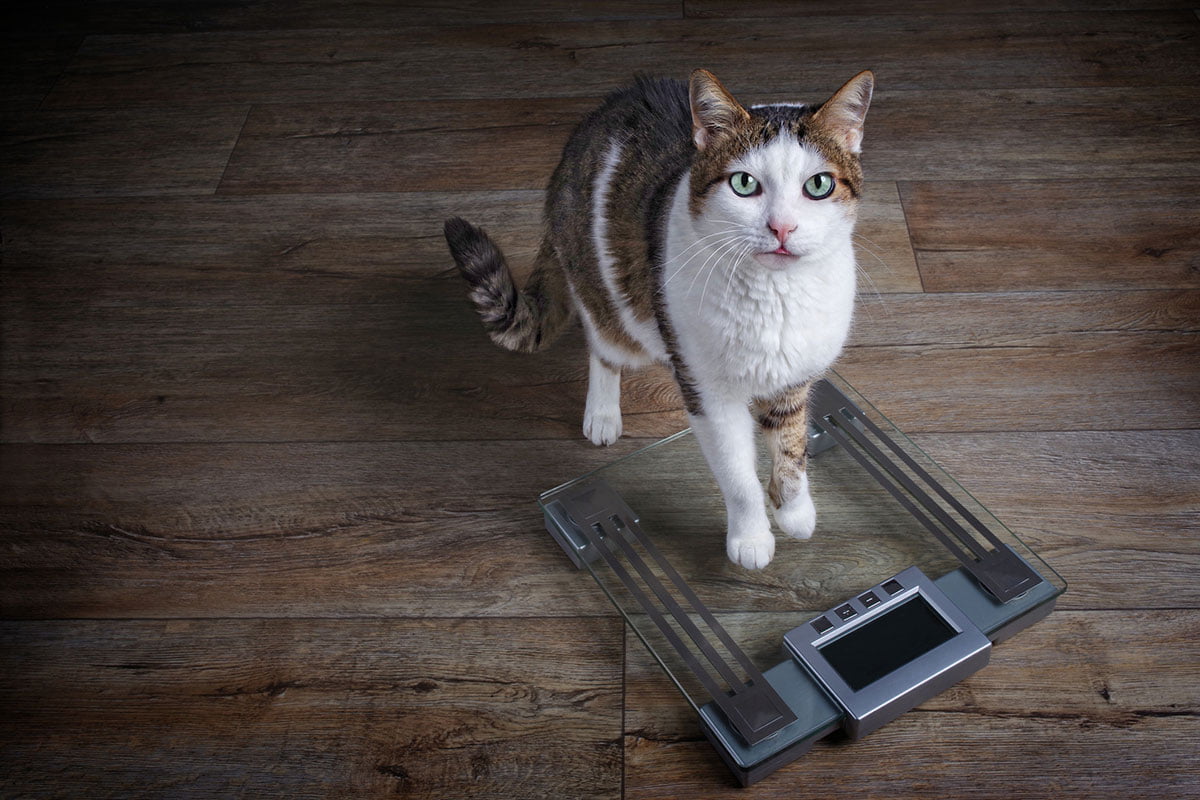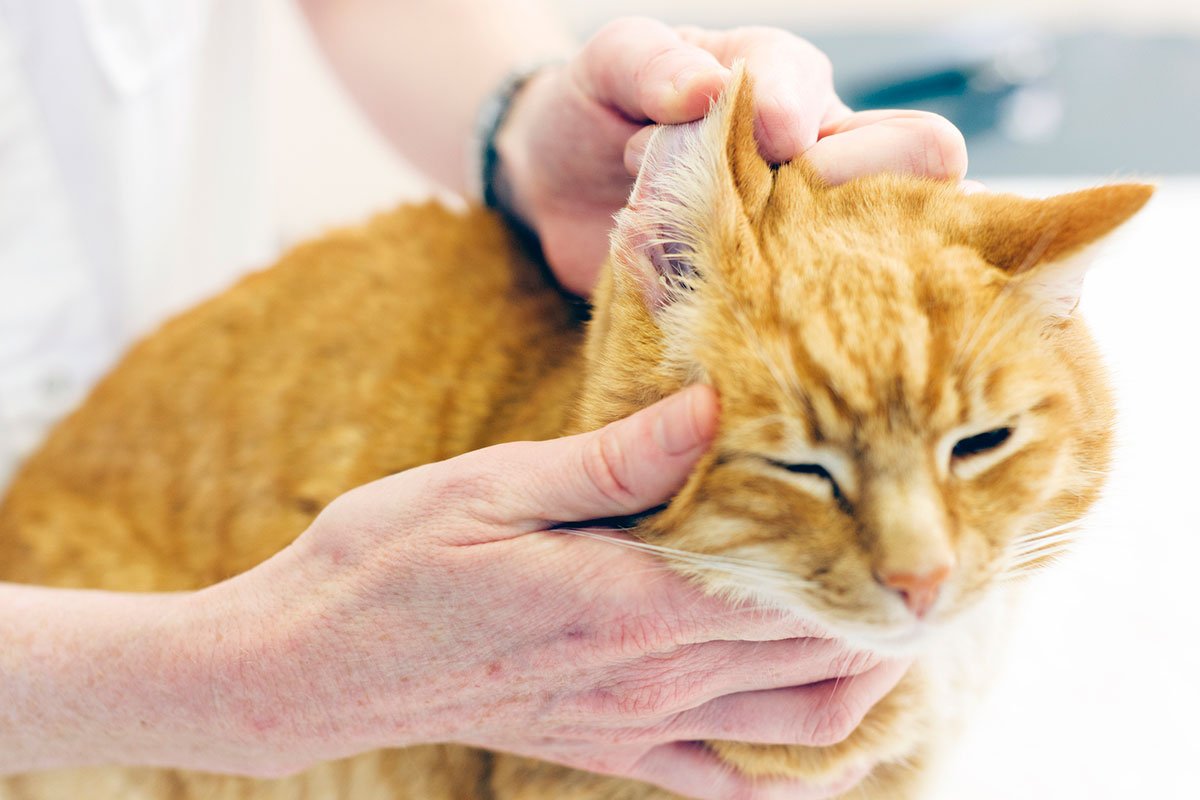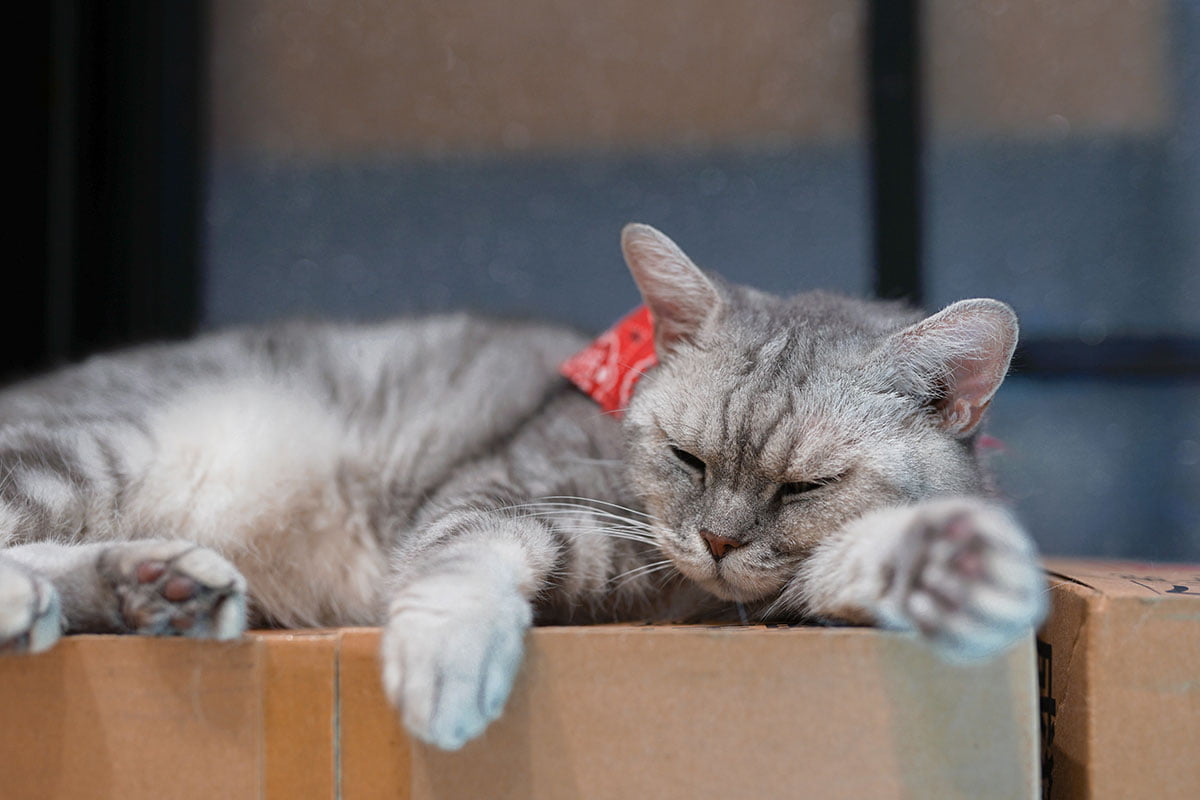Fleas are notorious pests. These very small parasites (usually about ⅛ of an inch) can be a major source of irritation in both you and your cat’s life. While your cat will be constantly itchy and uncomfortable, you will be spending time and effort cleaning, comparing treatments and spot checking your cat. What’s worse, fleas can be very difficult to get rid of once an infestation is present. Correspondingly, taking the right steps to prevent and/or rid yourself of fleas is paramount in giving you the best possible shot at defeating the tiny creatures. This article takes you through some preventative treatment options for your cat, as well as the most effective strategies for ridding your cat of fleas once they have become a host.
An Ounce of Prevention…
An unprotected cat is the perfect target for fleas, who will be more than happy to lodge themselves into her skin and live in her warm and furry coat, all while feeding on her blood. Protecting your cat against fleas before they come into contact with her is always a good idea, doing so saves your cat a great discomfort down the road while also giving you peace of mind.
Generally, there are two categories of preventative treatments, topical solutions that you put on your cat’s skin or fur, and oral medications that your cat takes in pill form. Spot treatments are available from your vet and online. Make sure you follow guidelines from a vet so that you know how much to apply, how often, and where. If you don’t have the advice of a vet, follow the instructions on the label. Many newer products that are available from a vet will contain an insect growth regulator, which will prevent flea larvae from maturing and thus stop the flea life cycle. These are ideal for providing long lasting relief from fleas, instead of simply killing the adult fleas and missing the larvae.
Pill medications can be obtained from your vet, and usually vary in terms of purpose and length of effects. For example, some are designed to kill any existing fleas on your cat very quickly, while others are also intended to repel fleas for about a month. Your vet can prescribe the best medication based on your cat’s case of fleas.
Other preventative treatments also exist. Many flea collars, for instance, work like a spot treatment but don’t have to be consistently applied, so are easier on your time. These have medication that coat your cat’s skin or mix and spread with the oils in their fur. Others may emit a gas that helps repel the pests, but might not help much if your cat is already dealing with fleas. Keep in mind that flea collars are typically less effective than topical or oral treatments, and may also trigger a skin reaction like a rash, especially if they contain a strong pesticide. Be sure not to use a dog flea collar on your cat, as the pesticide used might be toxic to cats.
Flea shampoos and sprays are also worth considering, especially if you’re already discovered fleas on your cat and are planning on starting treatment soon. Although simple dish soap can work for a flea bath, some shampoos are specifically formulated to act as a flea repellant. Shampoos that target fleas can be picked up at your vet or groomers office, at many pet stores, or online.
De-Fleaing Your Cat
Checking your cat for fleas, and then consistently grooming the pests out if you find them, is an important part of fighting fleas. If you suspect a flea infestation, check your cat’s coat by running a flea comb down her back and legs, making sure to stay as close as possible to her skin so you give yourself the best shot at getting as many fleas off her as possible. The flea comb is a valuable asset because it’s many, closely placed teeth decrease the likelihood that a flea will simply slip between a gap in the teeth, as can easily be the case with a common comb. Have a bowl of soapy water nearby so that you can drown any fleas that you find by dipping the coomb in the water after each pass. Comb in the direction of hair growth, up to several times daily if the infestation is far along. Be sure to also do a visual inspection in places that might be hard to comb through, but that fleas love to hide. These include warm, protected areas like the base of the tail, the armpits, and groin area. Sometimes, if a case of fleas has advanced enough, you might see little brown or black spots jumping around in your cat’s fur – this is a definite sign to start flea treatment.
If your cat isn’t too fussy about getting wet, a flea bath is another good way to fight an existing case of fleas. This can be done after an initial combing, as the first rinse can help wash off any fleas, larvae or waste that you might have brushed up but hasn’t yet fallen off. After getting them rinsed off, lather them up with a flea shampoo, this will help kill any fleas it comes into contact with and some may act as a repellent for a short period after the bath. Once you’ve lathered up your cat well, including all the nooks and crannies where fleas like to hang out, you can rinse them off again and repeat the process, until there are no more visible signs of fleas. Your cat’s vet or groomer can give you a specific shampoo recommendation that’s best for your cat. Especially if your cat is already taking a medicated flea treatment or other medication, be sure to consult your vet, to make sure any mix of drugs won’t lead to any negative side effects or reactions.
Lastly, don’t forget to treat other pets in your home, as fleas can easily jump from one animal to another, and will certainly lodge themselves into the surrounding environment.
Getting Rid of Fleas in Your Home
Unfortunately, the fight against fleas does not end with your cat. If your cat has fleas, then your home is also a breeding ground for the parasites. Eggs and larvae can fall off your cat and end up in your carpet, bedding, and upholstered furniture. As a single female flea can lay up to 50 eggs a day, you can see how fleas can multiply quickly if left unchecked.
